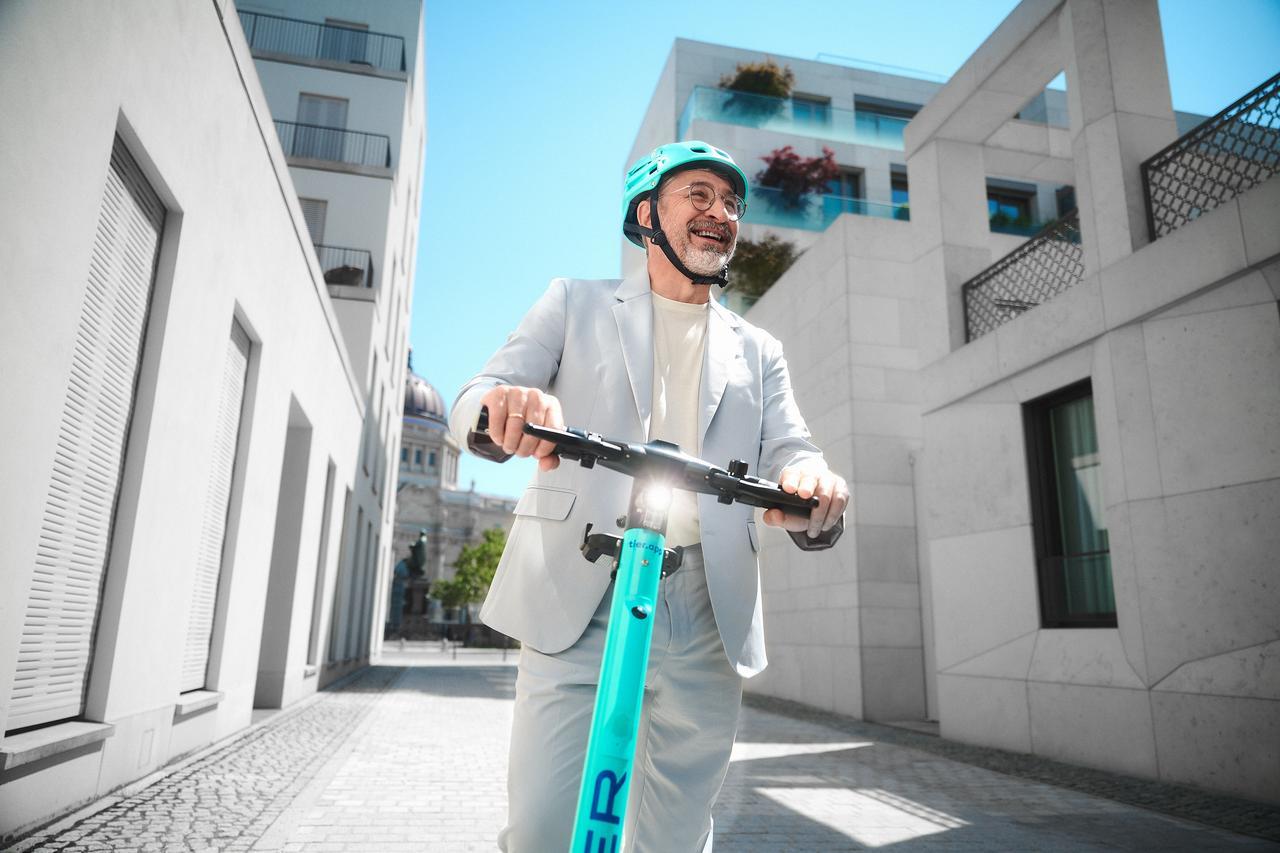Safety
Whose right of way is it anyway? Cycling and The Highway Code during Road Safety Week
November 20, 2023

This week is Road Safety Week, a time for us to reflect on how e-bike and e-scooter riders can keep safe while sharing road space with cars, vans and other vehicles. As cycling is continuing to grow in popularity across the UK, with the Government seeing an 11% rise compared to before the pandemic, the need to create safer roads than we have today grows ever more urgent.
While there is a growing body of evidence that proper segregated cycling infrastructure provides the biggest safety benefits for micro-mobility users, cyclists and e-scooter riders still have to ride on the road until this infrastructure is installed and widespread. There is, however, much that can be done to reduce the conflict between cars and micro-mobility users through challenging how we think about different road users. A powerful example of this came last year when the Government updated the Highway Code with a new hierarchy of road users, with pedestrians, cyclists and other vulnerable road users at the top. The change puts the emphasis on drivers to give way to vulnerable road users and makes drivers active participants in keeping all road users safe.
TIER recently conducted research into how many people were aware of this change well over a year since its introduction, asking UK drivers who would have priority when a car was turning left off a major road, crossing the path of a cyclist and a pedestrian. Alarmingly, 1 in 4 said they either didn’t know who had priority or still thought they did as a driver. What does this tell us?
First, it gives cyclists and e-scooter riders information on what behaviour to expect from drivers. While the majority of drivers are now aware of the need for them to give way to cyclists, a quarter still won’t. This unfortunately means micro-mobility users need to be paying close attention to the cars around them, as some will turn across their path or not give way when they should. This situation leaves cyclists in a dangerous middle ground where they may get used to the majority of drivers following the new guidance, but a sizeable minority won’t, which could lead to a tragic outcome.
These findings feed into further research we have undertaken which shows that concerns around personal safety are the biggest barrier to cycling or scooting. With inconsistent knowledge amongst drivers, and with a minority actively wrong, the level of attention necessary and the risk can seem too high for many people.
What can we do to change this? At TIER we work with amazing organisations like Bikeworks to offer free training sessions for anyone looking to try an e-scooter or e-bike. We conduct research around road safety and share the findings to try to raise awareness of issues related to driver awareness and we are working with local authorities to help design safer roads for vulnerable road users. To ensure we are doing the right thing the TIER UK Safety Board checks over our actions, with representatives from sight loss charities, disability advocates and safety researchers, so that our service is integrated as seamlessly as possible into the urban environment.
As the number of cyclists rises, our combined voice is harder to ignore. We can work together to bring about the changes to our streets which are desperately needed for the safety of all road users, making it easier for people to leave their cars at home and enjoy the benefits of active travel in their local area.